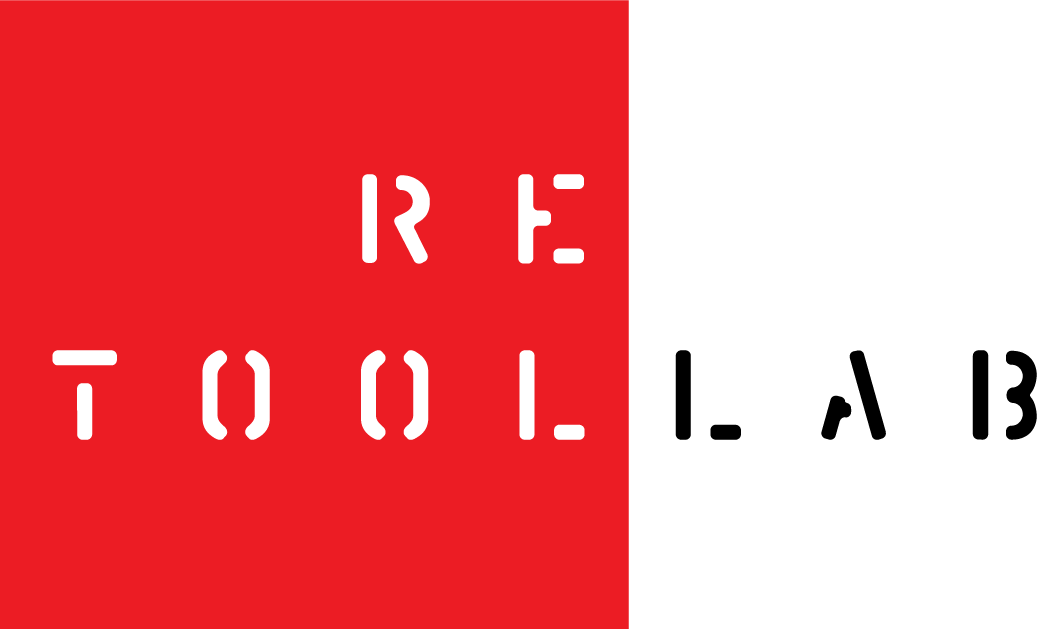Completing the Canadian story
Following the papal apology to residential schools survivors, there are calls for Indigenous artifacts to be returned to their original communities. Some argue these items would be safer in museums. But Ryan Hunt, Executive Director of the B.C. Museums Association, rightly counters that opinion in his Times-Colonist op-ed “For museums, a better future means confronting past wrongs” (May 20): https://www.timescolonist.com/opinion/comment-for-museums-a-better-future-means-confronting-past-wrongs-5390211
Regardless of whether museums believe they are good caretakers, if Indigenous peoples want their cultural belongings repatriated then they belong with the Nations from which they were taken.
Instead of continuing to see themselves as repositories, our museums should be pursuing Reconcilation by working – in partnership and with direction from First Nations, Métis and Inuit communities – to help tell the stories of their artifacts across Canada and around the world. They can play a better role as “amplifiers,” not as “keepers” of this history.
And as these artifacts return to their rightful homes, the Catholic Church, Government of Canada and others should be committing funds to ensure these stories are widely told.
The job for museums is to challenge our thinking about what the new Canadian story actually looks like. The story of Canada is at an inflection point. The single unifying vision of the national narrative has excluded too many people. Yet as time goes on, new stories are constantly being layered on top. If we want to know where we are, and where we’re going we need to hear all of them.
If museums want to live up to being the cornerstone of their communities they need to commit to shaping conversations.
But real storytelling has long been a conundrum for museums. Not only have they focused on being repositories for too long, fearful of offending people, they fret about deciding which stories to tell, and which ones to leave out. That often limits their willingness to reach out at all.
The solution is to be open to telling all the stories. We may end up with a Canadian story that looks more like a Jackson Pollock painting (or Jean-Paul Riopelle) rather than something more conventionally recognizable, but that’s how the Canadian identity will evolve. Doing this will actually put us on the path of truth and reconciliation – not just with Indigenous peoples, but with all groups who have felt excluded in this country.
And learning to be better storytellers is also how museums will evolve as more useful – maybe even indispensible – organizations.
